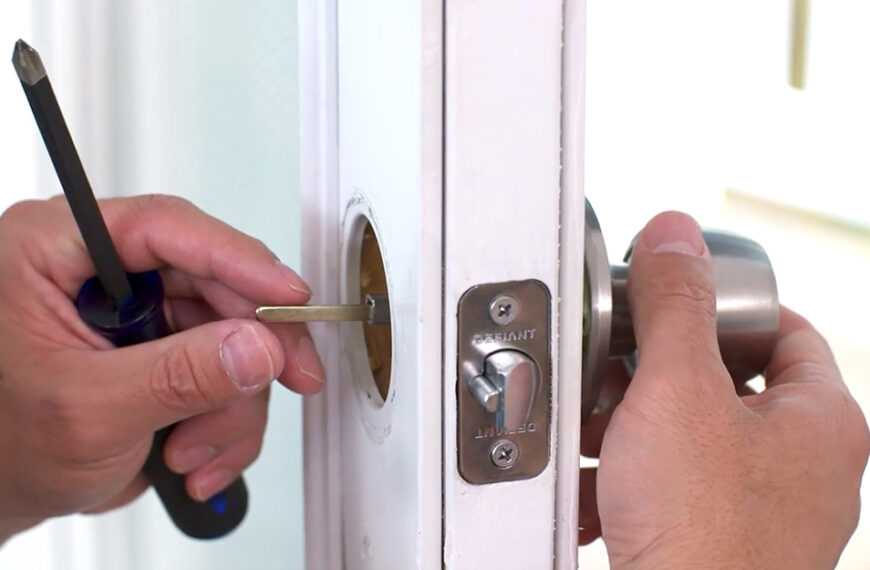When you get stitches, proper care is essential for healing. While most stitches heal without complications, infections can occasionally occur. Knowing the signs of an infected stitch can help you take prompt action and prevent further health issues. Here are the key signs to watch for and what you should do if you suspect your stitches may be infected.
1. Redness and Swelling Around the Stitches
Redness and swelling near the stitched area are common after the procedure, but if these symptoms persist or worsen, it could be a sign of infection. The body naturally reacts with some swelling as part of the healing process, but an infection can cause excessive inflammation.
What to Do:
If the redness or swelling doesn’t subside or intensifies, it’s time to contact a healthcare provider. You may need antibiotics to address the infection and prevent it from spreading.
2. Increased Pain or Tenderness
It’s normal to experience some discomfort after getting stitches. However, if the pain becomes more intense, throbbing, or doesn’t improve over time, it could indicate that the wound is infected. An infection causes the body to respond with heightened sensitivity, making the area around the stitches much more painful.
What to Do:
If pain worsens and isn’t alleviated with over-the-counter pain relievers, seek medical advice. Your healthcare provider may recommend a different pain management plan and may examine the wound for infection.
3. Discharge or Pus Coming from the Wound
One of the most obvious signs of an infection is the presence of pus or other discharge coming from the stitched area. This discharge can be yellow, green, or have an unpleasant odor. It indicates that bacteria are present in the wound and the body is trying to fight the infection.
What to Do:
If you notice any discharge, it’s important to keep the area clean and seek medical attention as soon as possible. A healthcare provider can clean the wound, assess the infection, and may prescribe antibiotics to treat the bacterial infection.
4. Fever or Chills
A fever is a common symptom of an infection. If you develop a fever, especially one that exceeds 100°F (37.8°C), along with other symptoms like chills or body aches, it could be a sign that the infection is spreading.
What to Do:
If you experience a fever, it’s crucial to consult a healthcare provider immediately. A fever combined with other signs of infection could indicate that the infection is more serious and may require medical intervention.
5. Wound Opening or Gapping
If the stitches start to pull apart or the wound begins to open, it may not only be a sign of infection but also improper wound healing. This can happen when the skin doesn’t hold together properly, allowing bacteria to enter.
What to Do:
If you notice that the wound is opening, seek medical help immediately. Your healthcare provider may need to reclose the wound, and you might be given antibiotics to ensure that no infection develops.
6. Unpleasant Odor from the Wound
A foul-smelling wound can be a clear indication of infection. As bacteria grow and spread, they can emit a strong, unpleasant odor. This is usually associated with pus or other discharge coming from the wound.
What to Do:
Contact a healthcare provider if the wound has an unusual or foul smell. They will likely clean the area, check for signs of infection, and may prescribe antibiotics to address the issue.
Getting Help at Absolute Urgent Care
If you notice any of the signs of infection, it’s essential to seek prompt medical attention. At Absolute Urgent Care, our healthcare professionals are skilled in wound care and infection management. We can assess your condition, provide the necessary treatment, and guide you through the steps to ensure a healthy recovery. If you suspect your stitches are infected, don’t wait. Visit Absolute Urgent Care for expert care and guidance in managing your stitches and preventing further complications.















